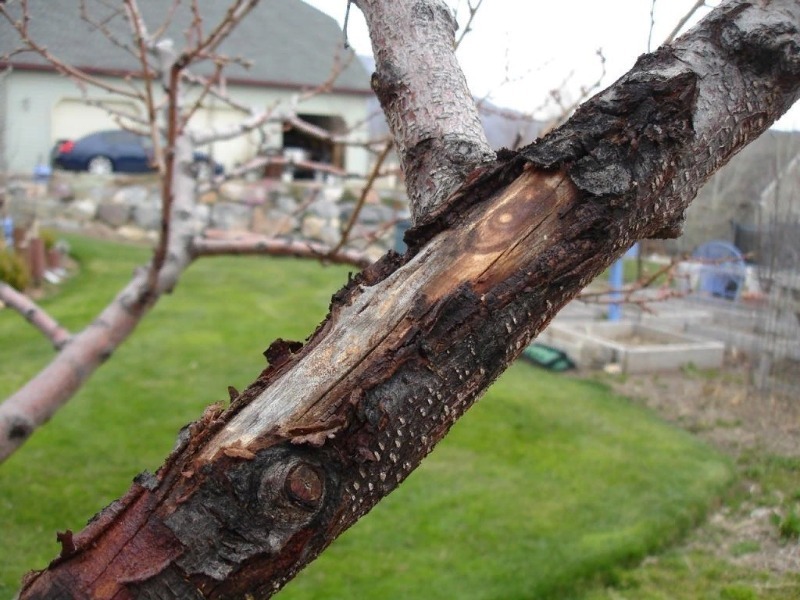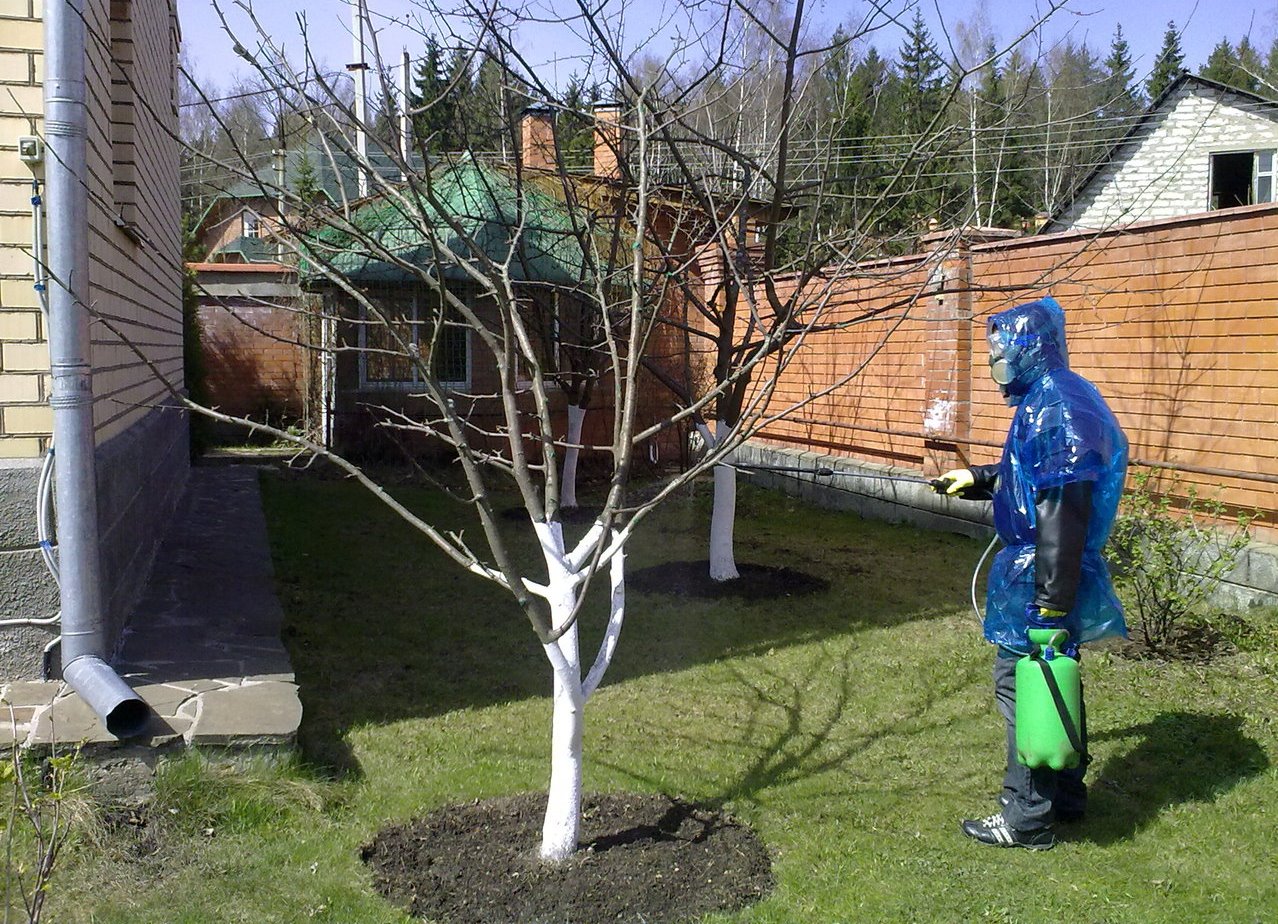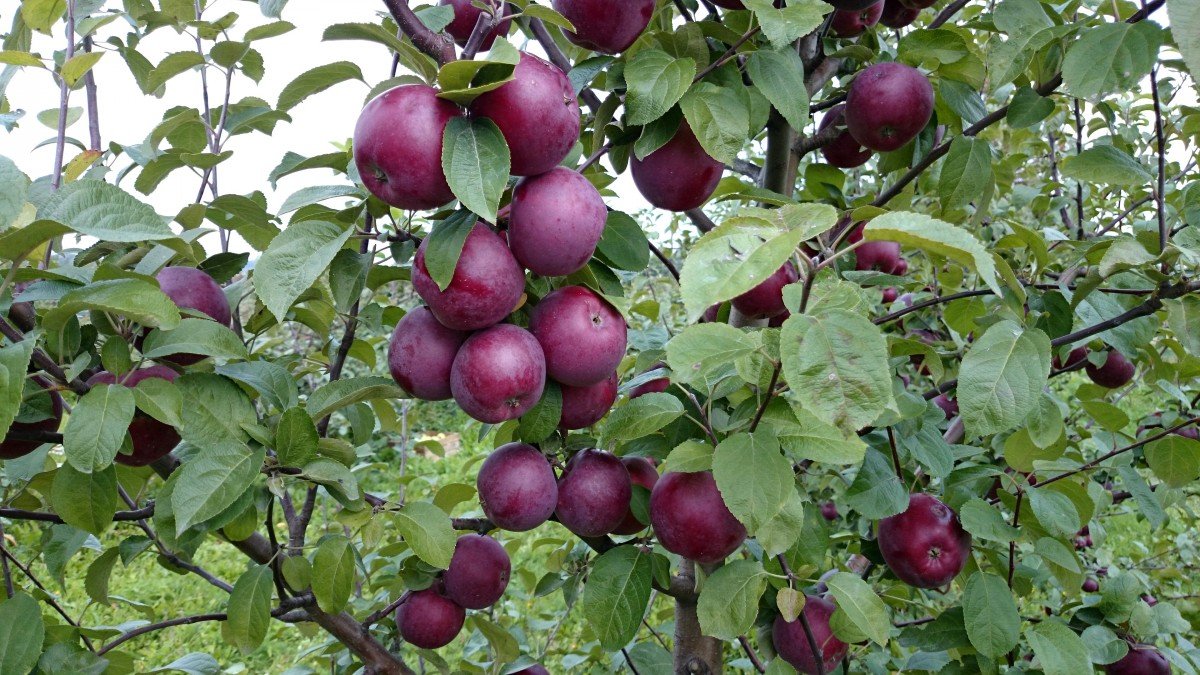It is with great pleasure that every spring I return after a long absence to the dacha. In the springtime, a summer resident who is bored over the winter will face a lot of trouble at his personal plot. However, not all of them are pleasant.

Earlier, not having enough experience in gardening, I often came across the fact that upon arrival at the dacha I found a rather serious nuisance in the garden - a burn of woody plants. The fact is that in early spring, under the influence of solar heat during the day, the pores of the bark of trunks and branches of trees thaw and begin to "wake up", and at night at sub-zero temperatures they freeze again. Unable to withstand temperature fluctuations, large areas of the tree are damaged, starting to crack and peel off. Without emergency intervention and human assistance, the affected parts move away from the trunk and die off, risking the destruction of the entire plant.
My elderly neighbor, seeing my experiences in unsuccessful attempts to help the trees, gave me some effective advice and taught me how to save plants affected by sunburn. I want to share them with the readers.
First, you shouldn't expect everything to go away on its own. Of course, the cracks can heal and the plant will survive, but without treatment and restorative procedures both the appearance of ornamental plants and the yield of fruit and berry crops, alas, will not become the same. A bare lesion without a protective layer of the bark becomes a gateway for pathogenic microorganisms, infectious pathogens and insect pests to enter the trunk.
With minor, local damage and vertical cracks in the bark on the trunk, you can use the following method: completely clean the affected area with a garden knife, cutting off the bark to a healthy layer. Then, in order to disinfect the damage and minimize the risk of plant infection, we disinfect the "wound". This can be done by thoroughly smearing the affected area with 5% ferrous sulfate solution or 1% copper sulfate solution, diluted in a ratio of 500 or 100 g per bucket of water, respectively.
Next, we cover this area with oil paint on natural drying oil. You can use a special garden composition, which has a dense, viscous structure, as a putty. We tie the treated section of the trunk with a dark cloth, and on top - with a film that prevents moisture from entering in case of precipitation.
At first, the affected tree should be limited in fertilizing with mineral fertilizers and the spring dose of nutritional supplements should be halved. This is done in order to reduce the load on the tree during its "awakening" and development, as well as to activate its internal protective resources. In the fall, it is necessary to thoroughly process the near-trunk circle from weeds and add 2-3 glasses of wood ash to the soil.
If the sunburn is impressive in size, and the damaged area occupies more than a quarter of the entire surface of the trunk in width, we can assume that the plant has suffered seriously, and one treatment and bandaging of the "wound" cannot be done here. It is necessary to restore the functional ability of the tree to receive nutrients and moisture.
In this case, the bridging procedure helps me. I do it with the help of the basal processes of the trunk located below the area affected by sunburn.Annual plants planted next to the affected tree can sometimes be helpful. The upper end of the "bridge" is grafted over the affected area in the traditional way, and after the cultures grow together with each other, the top of the "bridge" will take root and become part of the main trunk, restoring its full nutrition.
In the future, I take care of the damaged tree in the same way as for the rest, but in the fall I try to pay more attention to it and especially carefully prepare it for winter.


